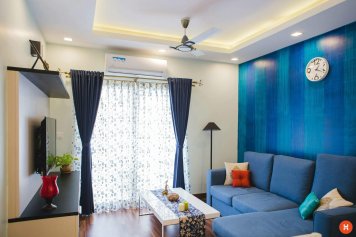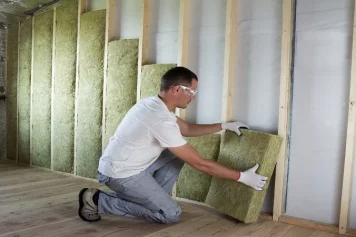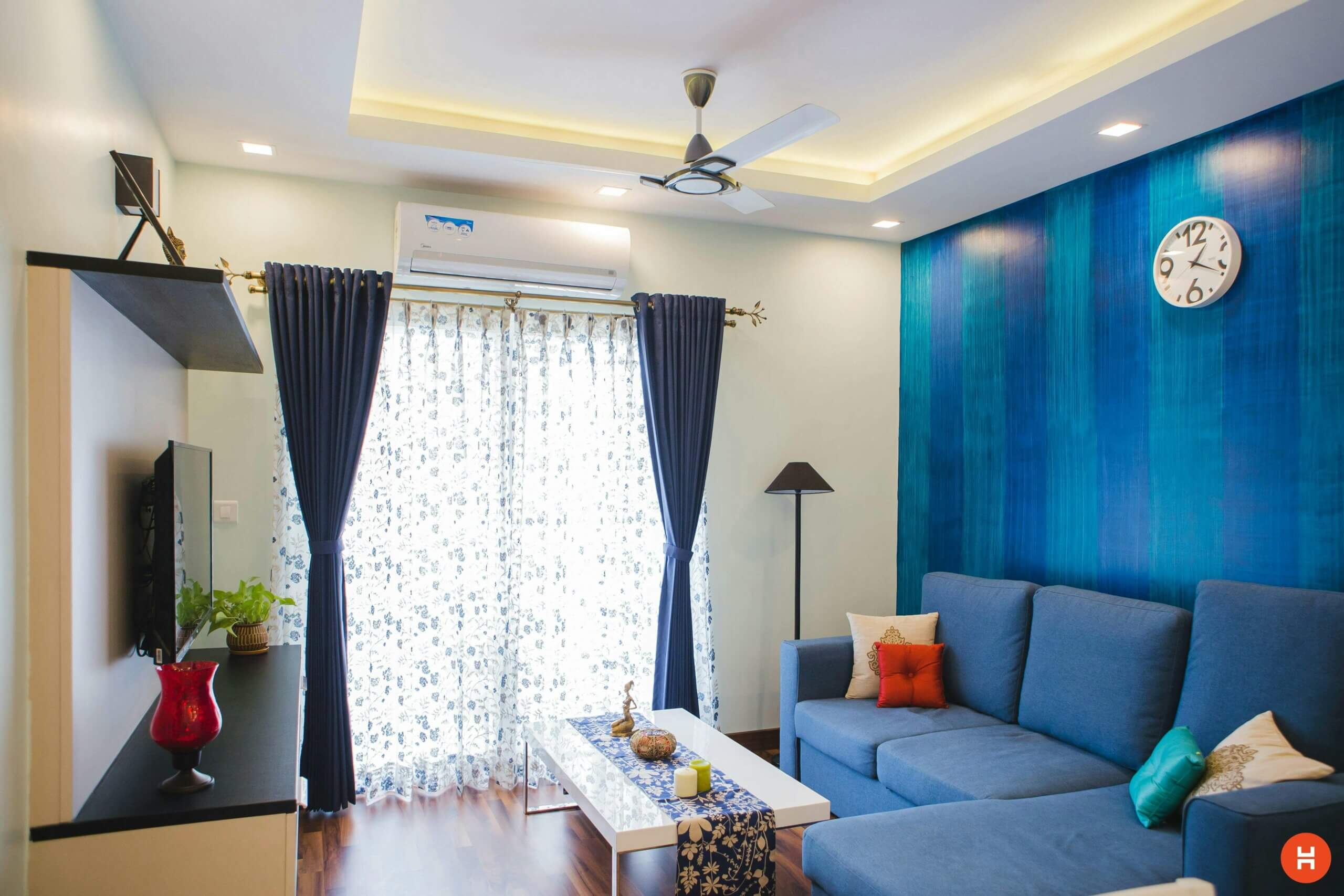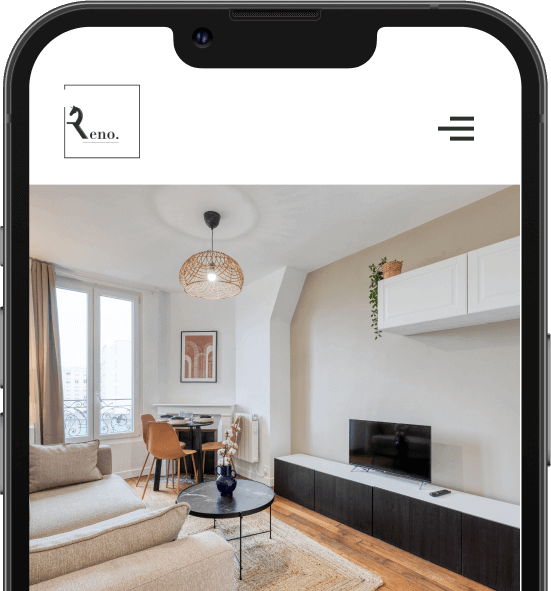The difference between an interior designer and an interior decorator often causes confusion. Both professions skillfully transform our homes. An interior designer designs spaces structurally. A decorator enhances them with furniture and accessories.
According to a recent study, 68% of French people confuse these two professions. This confusion limits their ability to choose the right professional. Understanding their differences becomes essential before any development project .
The interior designer possesses advanced technical skills . He modifies the architecture of the premises. The decorator focuses on the atmosphere and aesthetics . He enhances existing spaces without changing their structure.
For your apartment renovation project in Paris , this choice is crucial. The two professions offer complementary yet distinct services. Reno, a Parisian interior design firm, combines these expertise.
This dual expertise guarantees consistency and harmony in your project. Our expertise in property design transforms your space. Reno designs functional and aesthetically pleasing apartments. Our comprehensive approach meets the specific needs of each client.
Definitions and training: interior designer vs. interior decorator
What is an interior designer?
Interior designers fundamentally transform properties. They rethink the structure of spaces. This expert designs functional and aesthetically pleasing layouts. Their training requires a state-recognized diploma. Courses generally last five years after the baccalaureate. These studies cover architecture, design, materials, and building regulations.
This profession requires advanced technical skills. These professionals are proficient in specialized design software. They understand safety and accessibility standards. Their expertise also extends to project management. They can modify partitions and restructure spaces.
Specialized schools award diplomas recognized by the CFAI. This French Council of Interior Designers guarantees the quality of training. ENSAD, ENSCI, and École Camondo are among the most prestigious. Their programs foster creativity and technical rigor. Reno employs exclusively graduates of these programs.
The profession of interior designer: career paths and certifications
An interior designer enhances and beautifies existing spaces. They select furniture, colors, textiles, and accessories. This professional creates harmonious atmospheres. Their training can be shorter than that of an architect. It generally lasts two to three years after completing their baccalaureate.
This profession attracts creative and sensitive individuals. These experts master the harmony of colors and materials. They are familiar with current trends in decoration. Their expertise extends to sourcing furniture and objects. A good decorator radically transforms a room without altering its structure.
Unlike architects, interior designers do not require a diploma. However, several recognized training programs exist in France. Design schools offer specialized programs. Interior designers’ fees vary depending on their experience and reputation. More experienced professionals charge higher rates.
Fundamental differences between architect and interior designer training
The difference between an interior designer and an interior decorator is reflected in their training. The former follows a long, technical curriculum. The latter benefits from shorter, more creative courses. This distinction explains their respective fields of expertise.
The architect studies structure, materials, and technical constraints. Their curriculum includes technical drawing, art history, and project management. They learn about load calculations and material strength. This knowledge allows them to work on existing buildings. Architectural training also includes legal aspects.
The interior designer focuses on aesthetics and design. They study decorative styles, textiles, and lighting. Their training emphasizes creativity and knowledge of trends. Interior design books are among their main resources. The interior designer also learns how to design attractive mood boards.
French interior designers receive versatile training. Their studies also include notions of decoration. This dual skill enriches their professional practice. It explains why some combine both roles. The distinctions between architect and decorator thus sometimes tend to blur.
The table below summarizes the main differences between these training courses:
Criteria | Interior designer training | Interior designer training |
Duration | 5 years after the baccalaureate | 2 to 3 years after the baccalaureate |
Reconnaissance | State diploma or CFAI certification | Professional certification |
Technical content | High (structure, materials, standards) | Moderate (technical basics) |
Creative focus | Spatial and functional design | Atmosphere and decorative style |
Opportunities | Structural renovation projects | Decorative projects without structural modification |
Practical training | Mandatory and long (6 to 12 months) | Mandatory, but shorter (3 to 6 months) |

Missions and responsibilities: their specific roles
Each renovation expert has a unique role. These roles complement each other but differ in nature. The construction and beauty of a space go through distinct stages. These stages require specific knowledge. Here’s how these essential tasks are divided
For the architect
The technical specialist first analyzes the existing structure. They assess the housing’s constraints and possibilities. Then, they imagine how to transform the space. This work relies on specific knowledge of construction.
This person creates detailed plans with exact measurements. They consider the flow of traffic within the home. They also anticipate the future needs of the residents. Their goal is to optimize every square inch.
Light plays a fundamental role in her considerations. It determines how natural rays will penetrate the space. She also plans the artificial lighting for each area. These decisions strongly influence the overall atmosphere.
This person is familiar with the safety standards that must be met. They are familiar with current urban planning regulations. They ensure that the renovation project meets legal requirements. This rigor protects homeowners from future problems.
The creation of a new layout
Creating a new layout begins with a study of the walls. The professional identifies those that can be modified. He or she identifies the load-bearing walls that must be preserved. This analysis prevents costly mistakes.
Structural modifications can involve several major interventions. Sometimes, walls must be knocked down to enlarge a room. Other times, new ones must be built. These changes completely transform the dynamics of the space.
Reconfiguration also affects openings and passageways. The specialist may suggest moving a door or enlarging an existing window. These adjustments improve circulation and light.
The floor and ceiling also receive his attention. He considers whether a floor needs to be reinforced. He checks whether a false ceiling can be installed. These horizontal elements define the envelope of the living space.
Construction site monitoring
Construction site supervision is a critical mission. The coordinator establishes a precise work schedule. They plan the work of the various trades. This organization optimizes the overall duration of the construction project.
Selecting craftsmen requires special expertise. The manager selects qualified professionals. He or she checks their references and insurance. These precautions guarantee quality workmanship.
Regular monitoring allows for rapid response to unforeseen events. The manager visits the site frequently to ensure that the work is in accordance with the initial plans. This vigilance prevents unpleasant surprises.
The work estimate is constantly monitored. The supervisor ensures that the budget remains under control. He or she approves any necessary adjustments. This financial rigor protects the client.
For the decorator
The interior design specialist often steps in after major renovations. They bring their artistic touch to the space. They transform a simple dwelling into a personalized home. Their trained eye discerns aesthetic potential.
This person defines the overall style that will guide their choices. They draw inspiration from the residents’ tastes and take into account the existing architecture. These elements form the basis of a coherent proposal.
Colors are a crucial area of her expertise. She creates a harmonious palette for each room. She understands the psychological impact of hues. This knowledge contributes to daily well-being.
This professional masters the art of staging. He highlights the venue’s assets. He skillfully masks its flaws. These skills radically transform the perception of space.
Selection of furniture and decorative accessories
The choice of furniture meets several essential criteria. The expert looks for pieces adapted to the space’s dimensions. He prioritizes comfort and practicality. These factors ensure pleasant daily use.
Furniture layout influences the entire dynamics of a room. The specialist creates distinct functional areas. They organize furniture to facilitate movement. These decisions optimize the use of available space.
Accessories provide the essential finishing touch. The consultant selects objects that tell a story. He subtly measures their presence. These details make all the difference in the atmosphere created.
Lighting plays a decisive role in enhancing the space. Professionals combine different light sources and adjust the intensity according to the planned activities. These variations intelligently illuminate every corner.
Harmonization of colors, materials and textiles
The chosen shades follow a precise logic. The colorist creates smooth transitions between the pieces. They balance bright and neutral colors. These combinations create a sense of fluidity.
Wall coverings reflect the desired identity of the space. The consultant suggests solutions tailored to each room, taking into account practical constraints such as humidity. These choices significantly influence the ambiance.
Textiles add warmth and comfort to the space. The stylist selects curtains, cushions, and rugs. He plays with contrasting textures. These soft elements soften the visual appeal of the home.
The combination of materials creates a unique signature. The expert combines wood, metal, stone, or glass. He or she uses these elements to achieve a balance. These combinations define the character of the space.
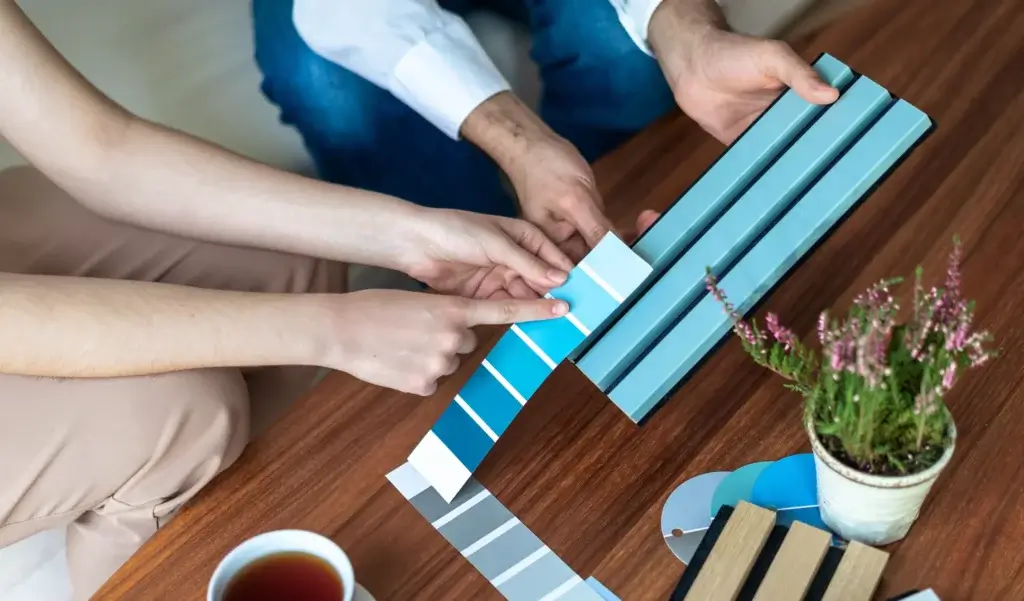
Costs and prices : budget to be expected depending on the professional chosen
Fees vary depending on several important factors. The scope of the project directly influences the cost.
Pricing for the services of a qualified interior designer
French interior designers apply different methods. Some charge a percentage of the project budget. Others prefer an hourly or fixed rate. This diversity allows them to adapt to each situation. The level of expertise also impacts the cost, justifying higher fees.
For a complete project, allow between 10% and 15% of the budget for construction. This percentage includes design, plans, and monitoring. Interior designers generally have lower rates. Architects assume greater responsibility. Their involvement guarantees the technical feasibility of the project. This security justifies the financial investment. The savings achieved through their expertise often offset their fees.
Price of services provided by an interior designer
Interior designers offer more affordable rates. Their services often start at a few hundred euros. Simple decorating advice remains very affordable. More comprehensive projects naturally increase the budget. Some interior designers offer room-specific packages. This formula allows you to precisely control your investment. Online interior designers offer even more competitive rates.
Costs vary depending on the desired level of service . A simple color consultation remains very affordable. A complete service requires a larger budget. They adapt to all budgets. Some offer personalized shopping assistance. Others provide a detailed design portfolio. These packages meet different client needs. Your budget determines the level of support available.
Return on investment: which professional for which project?
Investing in a professional brings real added value. Hiring an interior designer is justified for major projects . Their presence secures complete renovation projects. They avoid costly mistakes and poor workmanship. Their technical expertise quickly pays for themselves. Renovation prices per m2 remain under control thanks to their advice. This professional approach optimizes your overall budget.
A decorator is an excellent compromise for small projects . Their work significantly improves your living environment. They provide immediate aesthetic value . Their cost remains moderate compared to the benefits obtained. For real estate development, both profiles are relevant. An architect maximizes value through structural improvements. Your choice depends on your priority objectives.
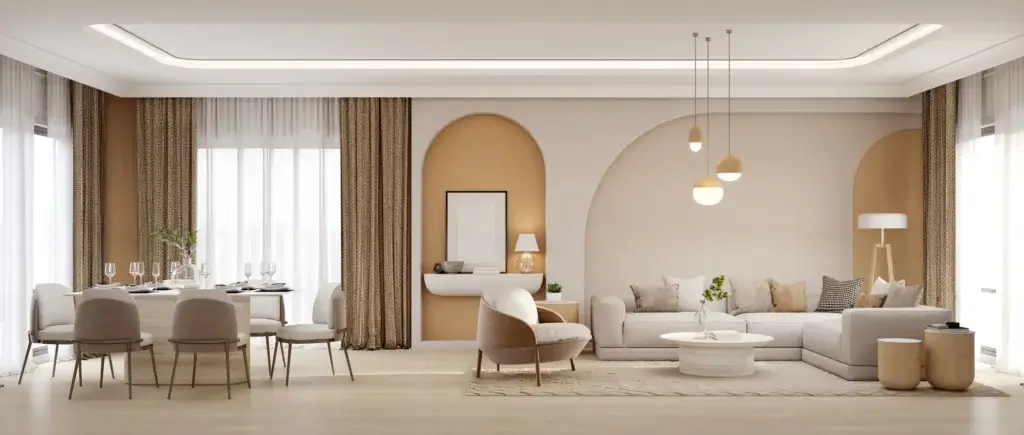
FAQ
La formation est-elle identique pour ces deux métiers ?
L’architecte d’intérieur suit généralement une formation de cinq ans sanctionnée par un diplôme reconnu par l’État. Le décorateur peut exercer après une formation plus courte ou parfois être autodidacte, avec des compétences axées sur les styles et tendances.
Quand faut-il faire appel à l’un plutôt qu’à l’autre ?
Vous aurez besoin d’un architecte d’intérieur pour des travaux impliquant des modifications structurelles ou des rénovations complètes. Un décorateur d’intérieur sera plus approprié pour rafraîchir votre espace ou le rendre plus fonctionnel sans toucher à sa structure.
Comment se déroule une collaboration entre Reno et ses clients ?
La collaboration avec Reno commence par une première rencontre approfondie. L’équipe écoute attentivement vos besoins et aspirations. Ils visitent ensuite l’espace concerné pour évaluer son potentiel. Puis vient l’étape de conception avec des plans détaillés. Reno présente plusieurs propositions créatives pour votre espace. Après validation du concept, ils établissent un planning précis des travaux. Tout au long du projet, une communication constante est maintenue.



